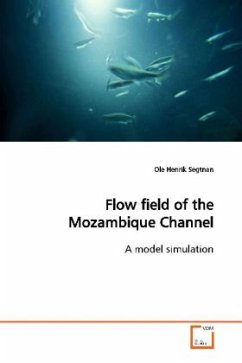The ocean between Mozambique and Madagascar is an
important fishing area and it also plays a pronounced
role in the global ocean circulation. The physical
and biological conditions are to a large extent
determined by the flow through the Mozambique
Channel. The current system is complex and includes
generation and advection of giant gyres. This makes
the ocean circulation expensive to monitor and
instead of traditional oceanographic measurements,
often numerical ocean models are used to study the
flow pattern of this region. This book offers an
overview of features predicted by a regional model,
and addresses how the simulations can be improved.
The analyses include a comparison between model runs
with adaptive boundary conditions and values at the
open boundaries fixed to climatology, as well as
investigation of the generation, migration and
hydrography of eddies in the Mozambique Channel.
Results show that the model can reproduce
many of the known processes that takes place in the
region and also shed new light
to the generation mechanisms. The discussed analyses
should be useful for anyone who are working with
marine processes in the Mozambique Channel.
important fishing area and it also plays a pronounced
role in the global ocean circulation. The physical
and biological conditions are to a large extent
determined by the flow through the Mozambique
Channel. The current system is complex and includes
generation and advection of giant gyres. This makes
the ocean circulation expensive to monitor and
instead of traditional oceanographic measurements,
often numerical ocean models are used to study the
flow pattern of this region. This book offers an
overview of features predicted by a regional model,
and addresses how the simulations can be improved.
The analyses include a comparison between model runs
with adaptive boundary conditions and values at the
open boundaries fixed to climatology, as well as
investigation of the generation, migration and
hydrography of eddies in the Mozambique Channel.
Results show that the model can reproduce
many of the known processes that takes place in the
region and also shed new light
to the generation mechanisms. The discussed analyses
should be useful for anyone who are working with
marine processes in the Mozambique Channel.








